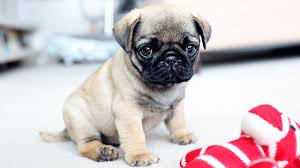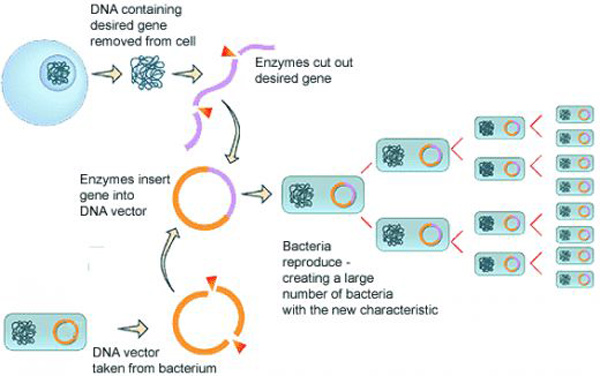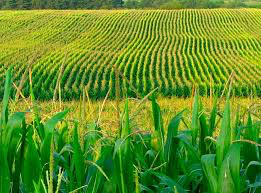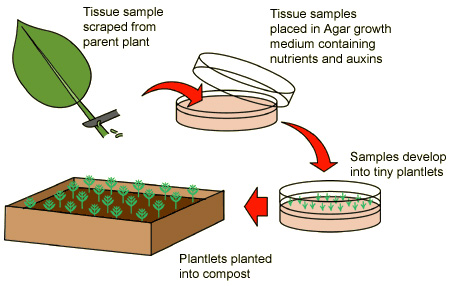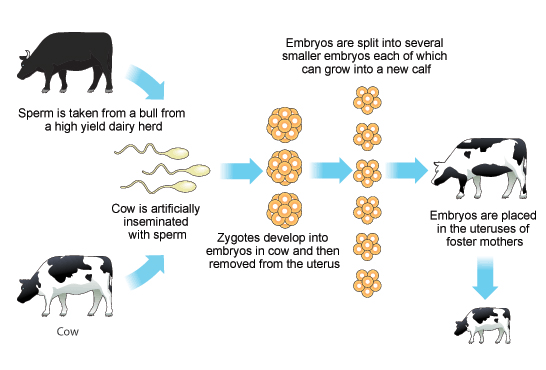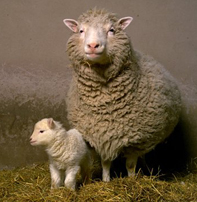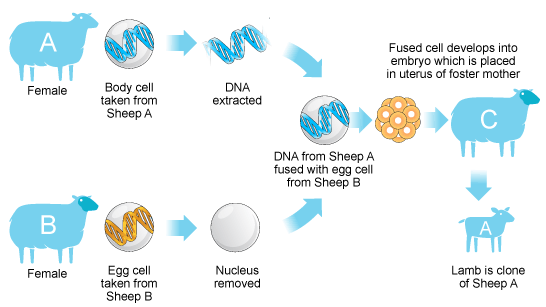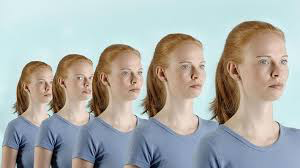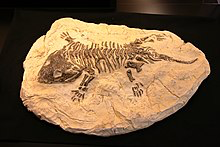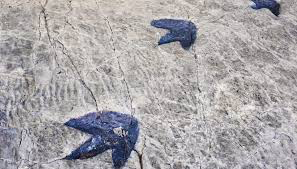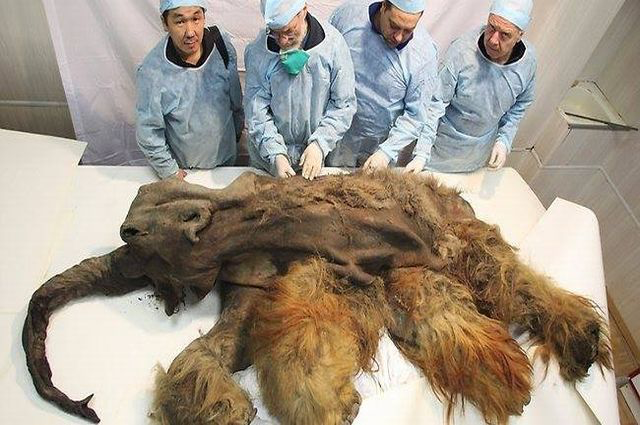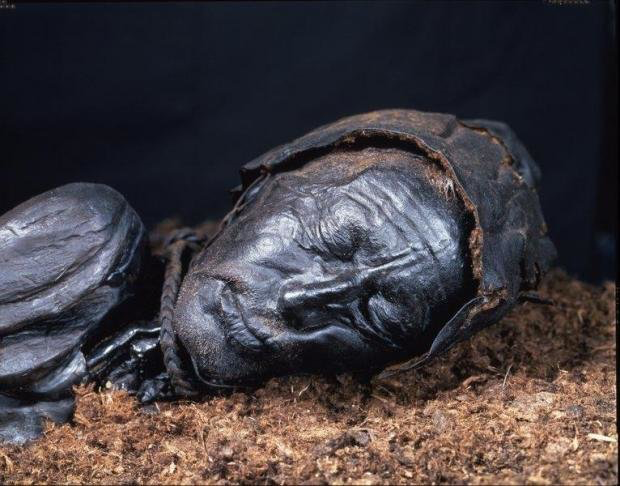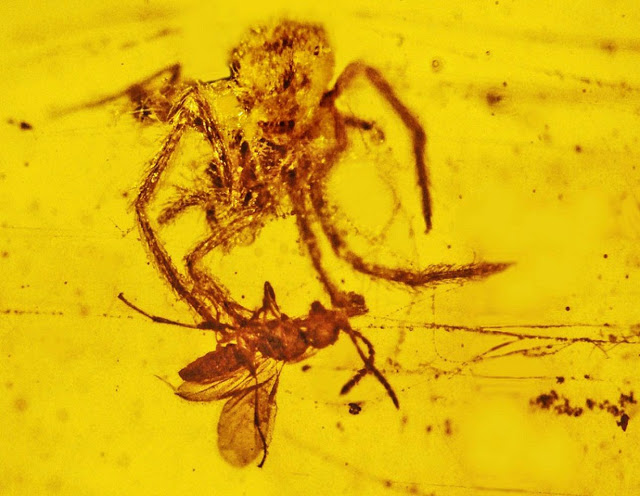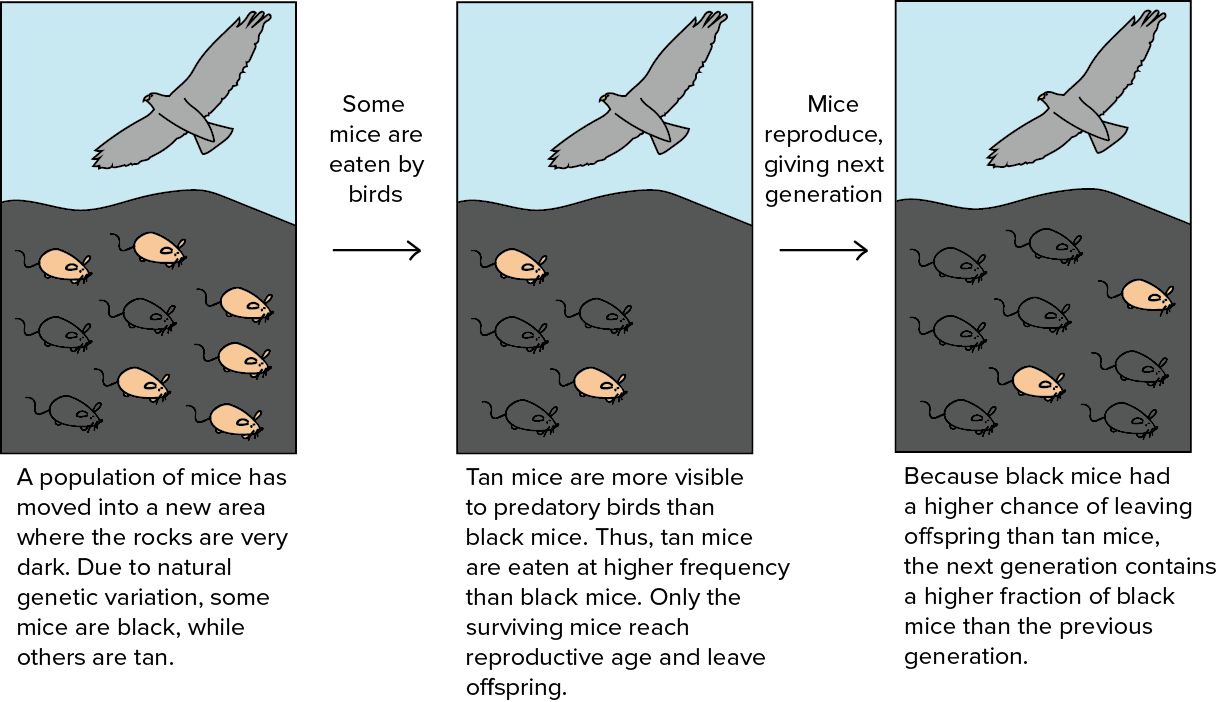Artificial Breeding and Genetic Engineering
Selective Breeding
Selective breeding is when Humans purposefully breed two animals/plants to produce offspring with desirable characteristics.
Here is the process of selective breeding:
- Choose two from your stock with the characteristics you desire. For example, two dogs with soft fur.
- Breed the two.
- Select the best of the offspring and breed them together. For example, breed the two which have the softest fur.
- Continue this process. Overtime, all of your stock will have this desired trait.
You probably have heard of this process happening a lot in dogs… thats why there are so many breeds of dogs!
Problems with selective breeding
Selective breeding reduces the amount of variation in a species. Inbreeding is when organisms breed to reduce variation (instead of increase it). Inbreeding can cause lots of health problems since genetic defects are more likely to be contracted. For example, pugs have breathing problems!
Some people believe that it is cruel to breed pugs, since it is purposely decreasing the quality of life and making dogs less healthy for human desire.
Genetic Engineering
Genetic engineering is when a gene is cut one of one organisms DNA and transferred to another organism. This gives the new organism the desired characteristic that the gene codes for.
How it works (HIGHER)
If you wanted to transfer a useful gene from organism A to organism B, this is how it would be done:
- A sample of cells is collected from organism A (the animal/plant with a desired characteristic).
- A desirable gene is cut out of organism A's DNA, using enzymes
- This useful gene is placed into a vector (usually into the plasmid of a bacteria or virus)
- The vector is put with the organism B’s cells (the organism you want to give the new gene) and it inserts itself into the cells. The gene becomes incorporated into organism B’s genome.
- Organism B’s cells now have the desired trait.
The classic example is genetically engineering bacteria cells to produce insulin! We have also engineered sheep to produce useful drugs in their milk! You will come across many other examples too.
Sometimes genetic engineering is done to cells before they have become an embryo. This allows for the organism to develop with the desired trait.
Issues surrounding genetic engineering
Genetic engineering is a relatively new development to science and some people are scared of what it may mean for the future. Some people believe that it could lead to unforeseen complications that will be passed onto future generations. However, no evidence is available to support this, and genetic engineering has the potential to cure many more genetic disorders than it already has!
GM crops
GM crops stands for genetically modified crops. Since the human population is becoming too large for the resources of the Earth (too little food), genetically modified crops have become more and more popular. They can be genetically modified to grow faster, grow bigger and more resistant to infections/pests.
Issues surrounding GM crops
Benefits:
- GM crops can provide people with a more nutrient rich diet than they would otherwise be able to have. For example, ‘golden rice’ has been genetically modified to contain a-cerotene. This helps to prevent blindness.
- Better quality food can be produced in a shorter amount of time. This helps to feed people in developing countries that otherwise may not have enough.
Concerns:
- Some people think that genetically modifying crops is like ‘playing god’ and is ethically wrong.
- Some people think that growing GM crops will decrease the biodiversity of farmland since it reduces the amount of natural plants (and therefore affect the insect population too).
- Some people think that GM crops may not be safe to eat. There is nothing to support this but some people think that we don’t know enough about GM crops to ignore the possibility.
- GM genes could find their way into the genetics of organisms in the natural environment. For example, a herbicide resistant gene could be incorporated into a weed naturally, making a new ‘superweed’ that we cannot kill with herbicide.
Cloning
A clone is a geneticaly identical replica of an organism. Plants clone themselves naturally (this is called asexual reproduction). However, unnatural cloning can be done by humans!
Cloning plants
Cloning plants can be done in two ways:
- Cuttings - gardeners take ‘cuttings’ (just cut a section of the step out) of a parent plant to produce clones of the parent plant. The clone plants grow naturally. This is cheap, simple and has been done by gardeners for centuries.
- Tissue culture - A few cells are taken from the tip of a plant. These cells are put into a ‘growing medium’ with hormones. This method is more expensive but can be used to grow plants that are hard to reproduce naturally. It can produce a lot of clones in little time and little space.
Embryo transplants
An embryo is created and the split many times (at a very early stage) to make multiple clones. The clones are inserted into host mothers to develop.
Adult cell cloning
- The nucleus of an unfertilized egg is removed and disposed of.
- The nucleus of an adult body cell is then removed and put into the empty egg cell.
- The cell starts to divide. An electric shock is needed to start mitosis.
- When the embryo is a ball of cells, it’s put into a host mother’s womb.
- The embryo grows into a clone of the animal the nucleus was taken from.
This is Dolly the sheep. A clone sheep!
Issues surrounding cloning
Benefits:
- We can make lots of ‘ideal’ animals very quickly. Such as, if a farmer has a chicken that produces eggs very quickly. They can make clones of the chicken and have lots of chicken that produce eggs quickly.
- Cloning could be used to protect endangered species from extinction.
- The study of cloning could lead to advancements in the treatment of age-related disorders
Concerns:
- Cloning naturally reduces variety in a species by reducing the gene pool.
- Cloned animals may not be as healthy as natural animals. Dolly the sheep had arthritis when she was young (a disorder usually found in old animals). This could be since she had adult nuclei as a fetus, but we do not know for sure.
- Advancements in cloning may result in humans being cloned. There are ethical issues surrounding this, including human-rights concerns. The person didn’t have a say in whether it wanted to be a clone.
Fossils
Fossils are found in rocks and they are the remains of animals from MILLIONS of years ago! We can compare fossils of animals/plants found in rocks to the ones that live today. We can see how animals from millions of years ago, gradually changed and evolved into the animals/plants we see today (including humans, remember, humans are animals too).
Fossils can form in 3 ways:
- __Gradual mineral replacements: __Most fossils are made this way. Hard parts of plants/animals (like bones and shells) do not decay easily. They remain in the ground for a long time. As they decay, they are gradually replaced by minerals. These minerals form a rock-like substance that has the same shape as the original animal bones!
- __Casts and impressions: __If an animal/plant died in a soft material (like clay) the organism will leave an imprint in the soft material. This then hardens and the imprint is left for millions of years!
- __Preservation: __Some dead organisms are found preserved. This is usually because they had died in an environment that can’t support decay. For example, if there is too little oxygen or not enough moisture, decay cannot happen (since the microorganisms that decay the animal can’t survive these conditions). You may have heard of things being preserved in ice!
Mammoth remains that were preserved in ice
This is a picture of a very well preserved man who died in a bog.
This is a spider attacking a wasp! The two died when they were caught in tree sap that trickled down the tree. Tree sap preserves anything inside.
Unfortunately, the fossil record is incomplete, since many early organisms were possibly soft bodied (and so can’t leave behind fossils). Most fossils from millions of years ago have most likely been destroyed by tectonic activity (movement of the earth and rock).
Specification
Species: a group of similar organisms that can successfully reproduce to produce fertile offspring.
Speciation: this is is the development of a new species. This happens when groups of the same species become so different that they can no longer successfully reproduce with one another.
Speciation happens when populations of the same species are separated from each other. This is known as isolation. Over time, the two separated populations evolve in different ways, creating two (or more) different species.
Isolation can be a result of many things, such as being separated by a river or a mountain formation.
Natural selection
Natural selection is the widely accepted theory of how evolution works. Popular exam questions ask you to explain how two species had formed from one ancestor through natural selectron.
This is the general concept (the part in purple shows the natural selection part of the speciation process):
- Two groups of the same species are isolated (separated) from each other by a physical barrier (a river, for example). The conditions, on each side of the barrier, are different.
- Since the species have a wide variation of alleles, both individuals on either side of the barrier show a wide variety in physical and mental characteristics.
- In each group, the individuals with characteristics that better suit their environment are more likely to survive and breed.
- In each population, allele that controls the useful characteristic is more likely to be passed onto future generations.
- Because of this, overtime, the different groups start to show very different characteristics.
- Eventually, the two populations become so different that the two populations could not produce fertile offspring with one another. This is when the two have become different species.
This can happen for a number of reasons, the population could move into a new area environment and adapt/change for that environment over time (becoming a new species. There could be a new predator introduced or a new environmental change that forces the species to adapt.

